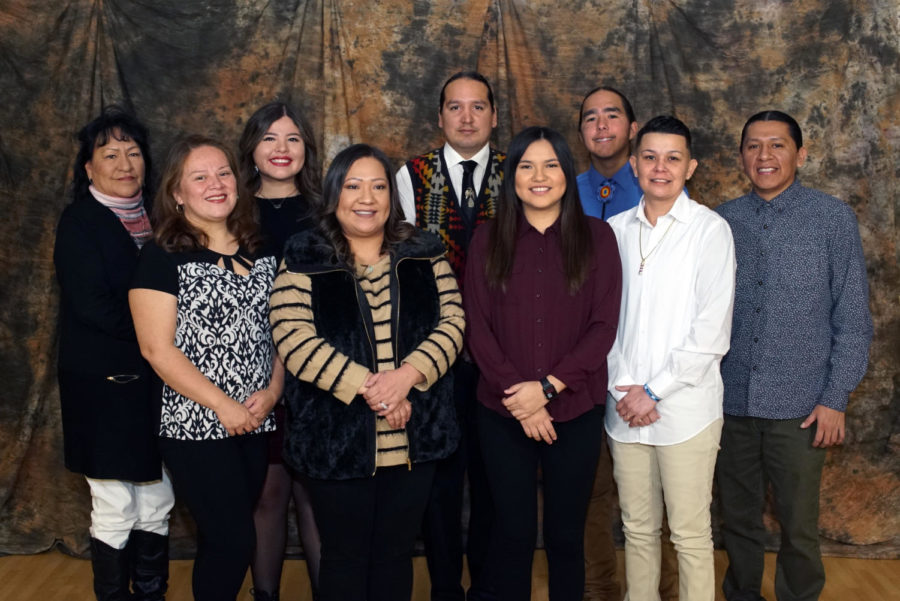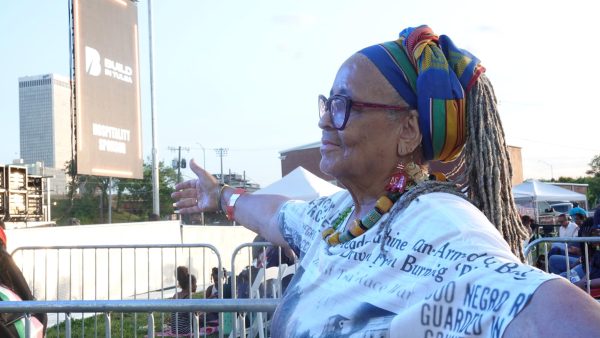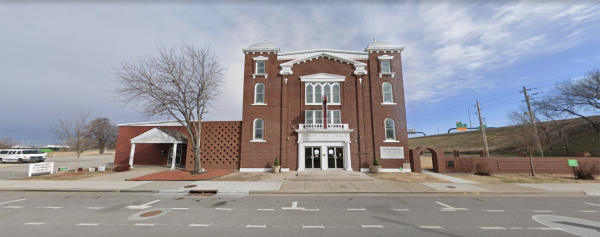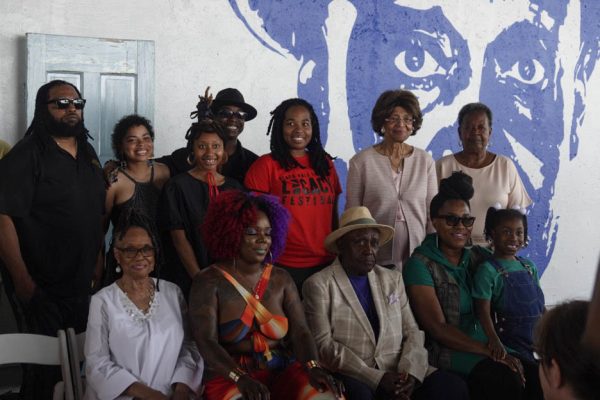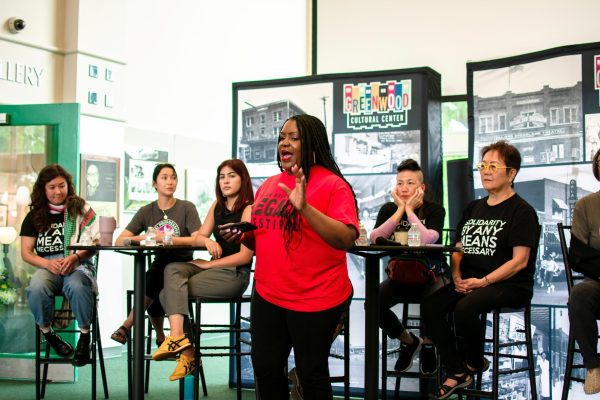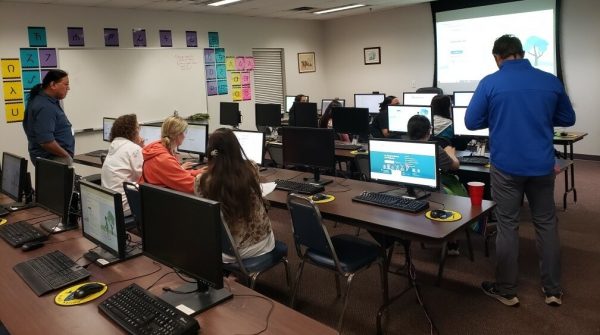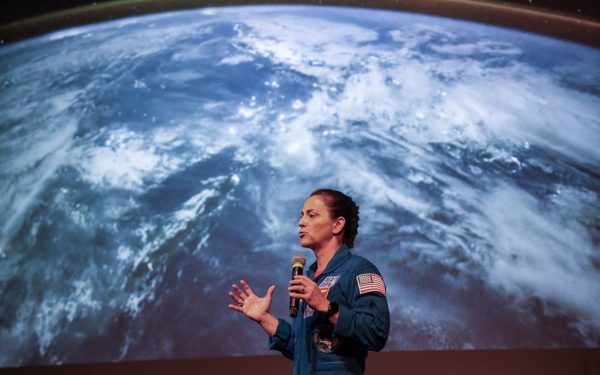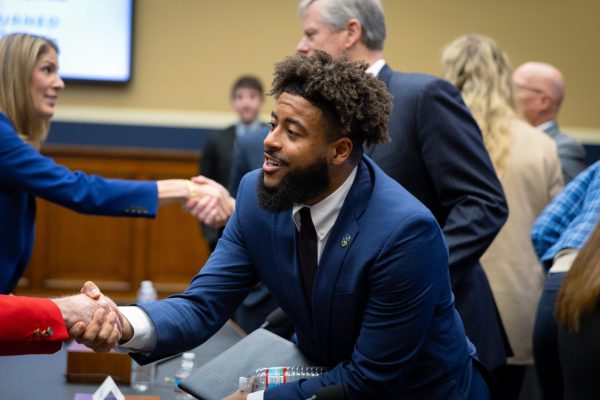Tribal nations ramp up, reflect on language preservation efforts after American Rescue Plan allocation
The Cheyenne and Arapaho Language Department staff: Left to right, back row: Carol Whiteskunk, Jazmine Johnson, Michael Elizondo, Brendan Haag and James Sleeper; Left to right, front row: Regina Youngbear, Rebecca Risenhoover, Shaynna Walker and Michelle Johnston.
Justin Neely, director of language for the Citizen Potawatomi Nation, grew up among elders who told him that if the Potawatomi language is lost, so are the Potawatomi people.
Now, the tribal elders who speak those Native American languages are dying from COVID-19 and COVID-complications at much higher rates than white populations.
Neely compared the death of a speaker to a library burning down. He said there are seven unique tribes of Potawatomi in the United States, and among all Potawatomi there were fewer than 10 first-language speakers left going into the pandemic. Due to COVID-19, some of those might have died in the past year.
A first-language speaker is someone who grew up speaking a tribal language. Second-language speakers learned a Native tongue as a second language.
The Covid-relief bill known as the American Rescue Plan, which allocates $31 billion to the tribes nationwide, will set aside $20 million to help Native American nations preserve their languages. Native language preservation funding is designed to help assure the survival of tribal cultures, spiritual identities and forms of traditional communication.
Normally, tribes must compete with the other 574 federally-recognized tribes — along with colleges, museums and youth centers that teach Native languages — for federal funding that targets language preservation.
There are no fluent Arapaho speakers left in Oklahoma, said Arapaho Lead Apprentice James Sleeper, and there might be as few as 10 to 15 first-language Cheyenne speakers left.
Teresa Billy, assistant director of education services for the Choctaw Nation, said, “We have less than 1,000 first-language speakers, our loss (during the pandemic) has been approximately 100 first-language speakers out of a population of 200,00 tribal members. This could very well be defined as a crisis for the preservation of our language.”
Tribes are often oral societies, Neely said, and because not every speaker is knowledgeable on every aspect of the culture, losing just one speaker leaves an everlasting hole in the tribes’ cultures, communities and identities.
“You know, one (speaker) might be an avid fisherman and knows lots of terminology and concepts to deal with fishing, one might be an avid basketmaker,” Neely said. “One might be a gardener and know different terminologies for certain plants. Or somebody who deals with medicine and knows different herbs and ways to treat different ailments. So, you know, just losing one speaker has a devastating effect on Native people.”
Funding, or lack of it, is what Shawnee language director Barnes said was most likely the detriment to Native Nations’ language programs of the past. He said the tribe would like to use the language allocations to first and foremost pay employees, not volunteers, for their work in preserving the language.
“It amazes me, after creating a budget, how much it takes to put on what I would call a successful language program,” Barnes said. “And I really think that’s been the failure with a lot of tribes in the language programs, why they’ve tried to start up and they’ve collapsed — because they just simply did not have the funding to do what was necessary in order to achieve success within the language program.”
Gaylord News is a reporting project of the University of Oklahoma Gaylord College of Journalism and Mass Communication. For more stories from Gaylord News, visit GaylordNews.net.

